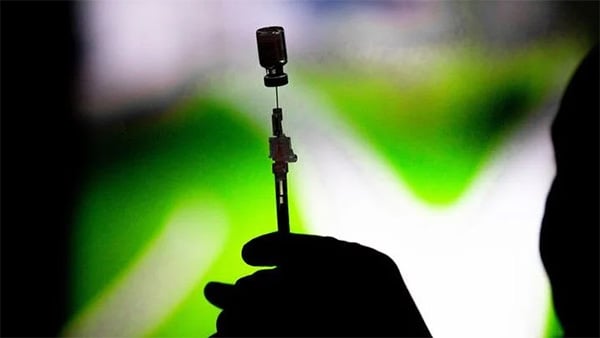By Nadia Ramlagan
Public News Service
New data from the Centers for Disease Control and Prevention show three of every four high school students nationwide said they have experienced at least one adverse childhood experience, including witnessing domestic violence in the home, parental separation or physical and sexual abuse, among others.
Research has shown the experiences, called ACEs, can alter a child’s brain chemistry and produce a prolonged, sometimes lifelong, toxic stress response.

Joe Bargione, a certified school psychologist and executive committee member of the Bounce Coalition, a Kentucky ACEs advocacy group, said the national data support the trends among youth in the Commonwealth.
“We’re seeing some of the same kinds of patterns,” Bargione outlined. “That increased sense of loneliness, isolation in our youth, increased levels of suicidal ideation, exposure to violence, exposure to other adverse childhood experiences.”
Experiencing at least one ACE as a child is linked to having alcohol and substance use problems as an adult, as well as chronic diseases such as diabetes and obesity. Childhood trauma costs states. According to the National Governor’s Association, adults with ACEs can lead to billions of dollars in health care costs and lost productivity.
Bargione added schools can help address the youth mental health crisis by cultivating a sense of belonging and connectedness, as well as increasing suicide prevention programs.
“Promoting mental health awareness in schools,” Bargione urged. “Teaching kids around social emotional learning and dealing with their emotions in an effective way, increased mental health services.”
He pointed out recent changes to state law now require school districts to create trauma-informed plans.
“Creating those trauma-informed care plans and then reviewing those annually by the Kentucky Department of Education and also the General Assembly is really, I think, a great way to see what’s working, what’s not working,” Bargione explained.
Statewide, one in five children has already experienced at least two ACEs, according to Kentucky Youth Advocates.

















